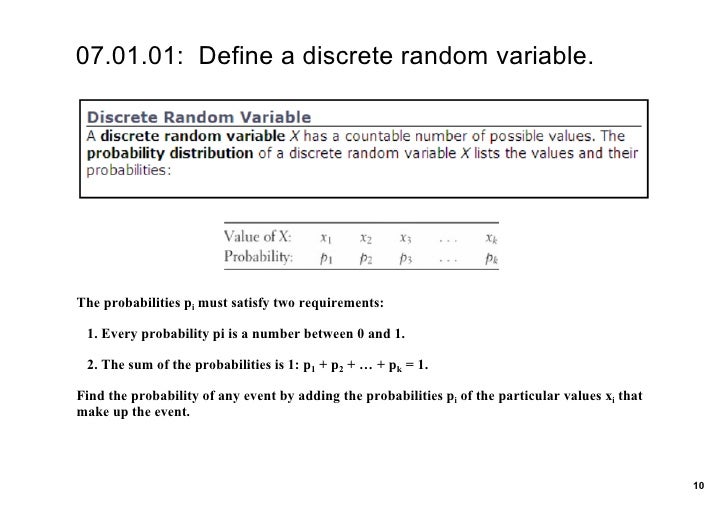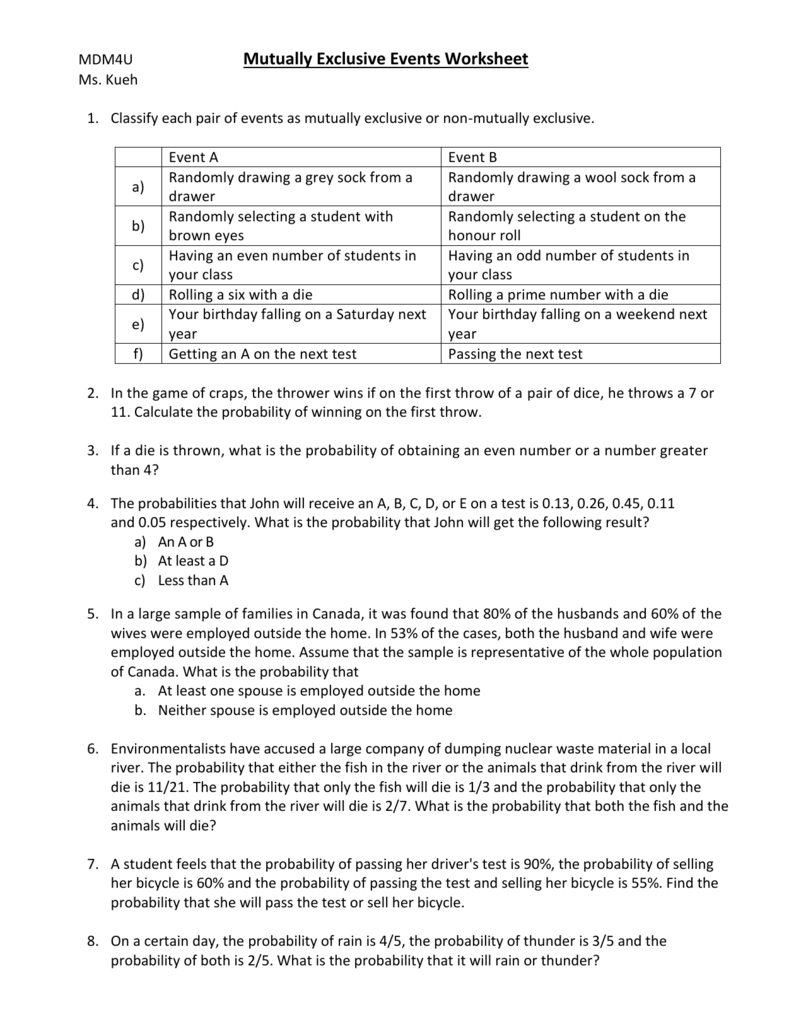Probability Of Winning Craps On First Roll
anemone
MHB POTW Director
Minimum deposit of £10, x45 wagering, Roulette & Blackjack 50% Probability Of Winning Craps On The First Roll weighting. Bonus valid for 7 days. Not available to customers using Moneybookers/Skrill or Neteller as a payment method. Basically, all you are betting on is that the shooter will roll a 2, 3, 4, 9, 10, 11 or 12. The player wins the bet if the dice lands on any of these numbers. Players can actually have fun with this bet as I will explain later as well as different payouts for different numbers. First of all, the actual odds of winning this bet are 5:4.
- In the game of craps, the probability of a player winning with a natural (a roll of a 7 or 11 on the first roll) is: (Remember, for each roll, you're rolling two dice, so 'rolling a 7' means any combination of dice that adds to 7.) 0.333 0.222 0.500 0.111 0.166 You're playing craps.
- In the game of craps you roll two dice. If on the first roll the sum is 7 or 11 you win. If it is 2, 3, or 12 you lose. With anything else that becomes your “point”. If you roll your point again before your roll a 7 you win. The first step in calculating the probability you will is to find the probability that you will “make your point.
- This video is made for a specific course in which we cover just a bit of probability. The actual calculation should be possible to follow for a good high-school student, but thinking through the.
- Feb 14, 2012
- 3,766
P( winning a game of craps by rolling a sum of 6)
=P(getting 6 the first time and 6 the second time) or
P(getting 6 the first time, get some number other than 6 and 7 the second time and get 6 again the third time) or
P((getting 6 the first time, get some number other than 6 and 7 the second and third time and get 6 again the fourth time)...
the sequence continues in such a manner infinitely (this is to say that we're having an infinite sum of a geometric sequence)
= $((frac{2!}{36}times2)+frac{1}{36})+ S_infty$
=$frac{5}{36}+ frac{(frac{5}{36})^2}{1-frac{25}{36}}$
=$frac{5}{36}+ frac{25}{396}$
=$frac{20}{99}$
But a quick goggle search shows that I don't have to consider the infinite sequence and the probability of winning a game of craps by rolling a sum of 6 for the third time and so on is simply
$frac{P(winning ;a ;game ;f ;craps ;by ;rolling ;a ;sum ;of ;6 }{P(winning ;or ;losing)}=frac{frac{5}{36}}{frac{5}{36}+frac{1}{36}}=frac{5}{11}$
Therefore,
P( winning a game of craps by rolling a sum of 6)
=P( winning a game of craps by rolling a sum of 6 the second time) and P(winning a game of craps by rolling a sum of 6 on the third time and so on)
=$frac{5}{36}timesfrac{5}{11}=frac{25}{369}$
Finally,
P( winning a game of craps by rolling a sum of 6)=$frac{5}{36}+ frac{25}{396}=frac{20}{99}$
I can't quite get my head around that fact. It has confused rather than enlighten me.
Could someone please explain to me why this works?
Thanks.
Probability Of Winning Craps On First Roll
In a game of craps, a player loses on the roll if a 2, 3, or 12 is tossed on the first roll. What is the probability of losing on the first roll?
1 Answer

Explanation:
Let's look at the possible rolls we can get with 2 dice rolled, with the 2, 3, and 12 - the losing numbers - coloured in red:
And so out of 36 possibilities, there are 4 that will cause a loss on the first roll.

So that's